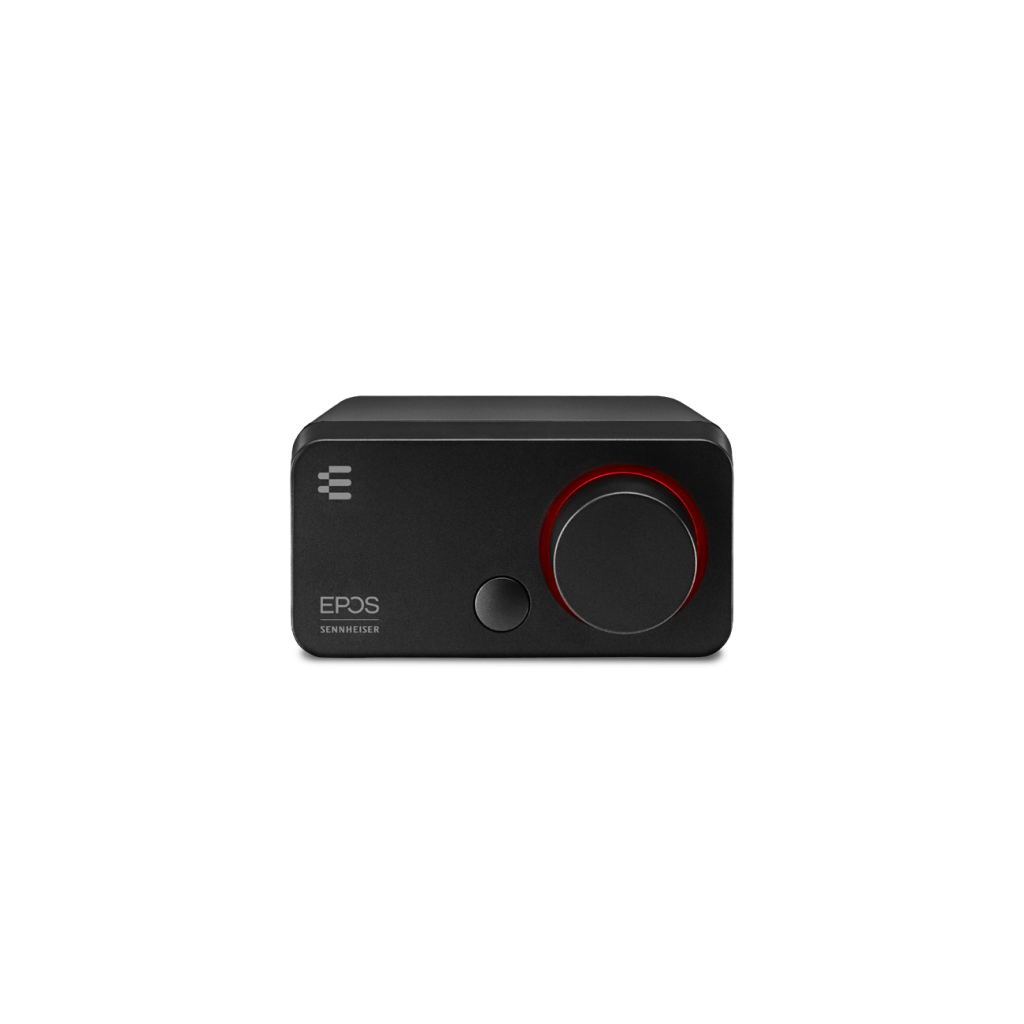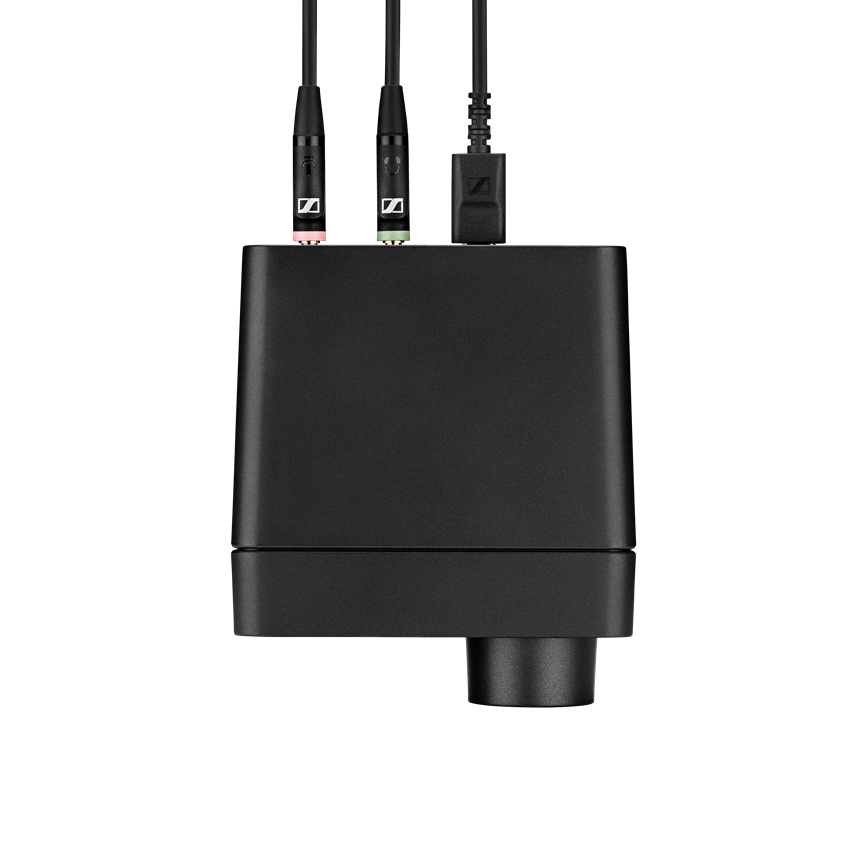With gaming becoming more mainstream and popular, it has created a product category all of its own. There are chairs, headphones, bags, along with practically anything else you could possibly want or need. Among the first things I was told when I got into selling audiovisual equipment is how important audio actually is. The way it was explained to me was brilliantly simple and honestly explains the concept quite well. What we see is the mental side of things, whereas what we hear is the emotional side. Seeing rain and hearing rain around you are two completely different sensations and that level of immersion can take things to another level. Over the years we’ve looked at some really high-quality headphones and some gear to make the most of it, but EPOS wants to try to simplify the process with their GSX 300 external soundcard. By making enhancements from an external device, designed to work with a PC, it offers some control and options to a wide variety of headsets, but is it worth investing in?
As we saw in our last EPOS review, GSX 300 retains a simple and clean aesthetic design that goes against a lot of the mentalities found on gaming or retail products. A clear explanation of what it is, an external USB sound card, with big images and rather limited details are on the box. It says what matters like it supports simulated 7.1 and high-resolution audio in a simple and easy to digest statement. Inside is a plastic insert holding GSX 300, cables, documents, and a foam insert above to keep everything safe. All this makes it stand out and really highlights EPOS’ business side, over attempting to figure out what gamers want to see.

Usage and set up is shockingly simple. GSX 300 connects from a micro-USB to USB into a supported device. Once connected, it will illuminate indicating power, and should deliver better audio than the sound card built into a wide variety of products. To connect, simply plug a cable into the back and you’re good to go. Please note, while GSX 300 uses the green and pink headphone and microphone connection, it still works connected on one side, with an adapter that isn’t included or through any cable connected like that.
Given the simplicity of GSX 300, it depends on what exactly you’re looking to accomplish. The included software allows for a good amount of customization. Depending on what you’re looking for, this can be a good or bad thing. In our review of GSP 602 we found them rather flat, something that has distinct advantages and disadvantages, which can be altered by using GSX 300. It also allows for various amounts of customization. For example, the software is fairly easy to use, though you might want to read up on what ranges do before messing with it and can be used to make the experience you want from practically any headset. Be it something like LCD-GX or a bit more basic like the LucidSound LS25, it will let you create the experience you want.
Depending on your set up, it also makes things fairly easy to listen to. The basic dial can either increase or decrease your volume, making it a decent choice for just listening to music or keeping your cool in a firefight. The included 7.1 coding is fairly immersive, though the benefit varies based on the overall quality of the headphones and not exactly leagues above any that can process it on its own.
Even though it claims to only work with a PC, it can give basic functions like power and control the volume on a Mac. It’s also fully usable on PS5. There are acts as more or an amp but it’s still a good option to have, especially if you have a good pair of dedicated PC headphones.

If there is a downside to GSX 300, it’s that it falls into a very specific niche. There are more versatile options out there for slightly more, many of which will offer more connectivity and ways to use it. Stuff like 7.1 is also becoming a lot more commonplace and can be found natively on Xbox, PlayStation, and certain computers. There also isn’t a massive increase in sound quality. It sends a better signal, though how much better varies based on the headphones. Even the software only goes so far. It’s absolutely useful, though far from unheard of in the current landscape.
EPOS GSX 300 Review – Verdict
Another thing you quickly learn about having a sales job is that there are near endless options if you want a better product. This makes it easy to see why GSX 300 exists and the market for it, though it depends on a number of factors. If you’re in a weird place where you have a headset and just want to quickly boost your PC sound performance, it will absolutely do that. Where it falls behind is really bringing out the sound and versatility. It just comes down to whether or not that better functionality is worth about $100+ more.
[Editor’s Note: EPOS GSX 300 sound card was provided to us for review purposes.]
